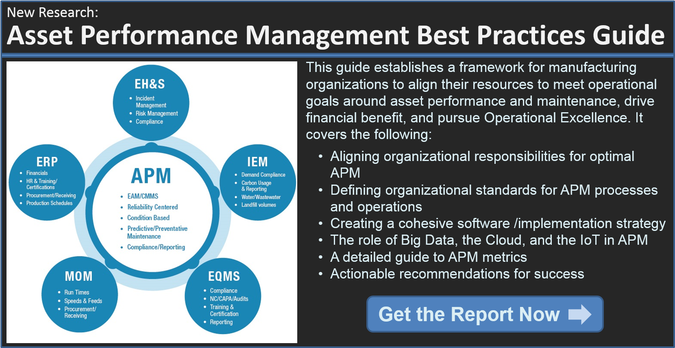We have frequently posted on why executive support is important in implementing any significant process improvement (BPI) initiative such as asset performance management, sustainability, or quality. This raises the question about how leaders can actually effect change in their organizations when pursuing BPI projects. One of the best ways to look at when and how leaders can exert their influence is in the context of a capability maturity model (CMM).
Regardless of whether you look at maturity in the context of the Carnegie Mellon 5-level CMM, the similar LNS Research 5-level model or some other 3-7-level model, moving your organization from it most immature stage to one of maturity and accomplishment requires leadership engagement. Just like a parent raising a child, an enterprise leader must provide the guidance and qualities that enable the organization to grow and mature.
The Six Dimensions of Maturity
When looking at how leaders can impact organizational maturity, one way is to examine how leadership can affect the six dimensions of maturity that LNS Research has identified as critical to organizational growth.
1. Strategy & Execution
Clearly leadership has a role vis-à-vis this dimension of maturity in that it is one of the primary functions of management to set the strategy of any organization. Likewise, management must put into place a system of measure and rewards that ensures the strategy is executed. Failure of leadership to link any BPI initiative to the strategy of the organization and then monitor progress against that goal is one of the prime reasons BPI projects fail.
2. Organizational Capabilities
Another key role of management is to put in place structure for the organization to enable it to function. Without a structure there is anarchy, and progress towards any goal is all but impossible. Hence, leadership must make sure the structure of the enterprise is aligned with the goals of the organization and that those goals include the business processes that are critical.
3. Business Process Alignment
As noted above, there must be alignment between the organizational structure and the business processes that are differentiating and establishing the competitive advantage of the enterprise. For some manufacturers, it is in new product development and introduction, for others it is in manufacturing excellence, while for others it might be supply chain efficiency or some other aspect of the business or a unique combination that defines them as a competitor. Regardless, the leadership of the enterprise must ensure the business is optimized to perform best around those critical business processes and aligns the entire company to those objectives.
4. Technological Capabilities
Management sets the budgets for any business and determines where capital will be invested and how expenses will be managed. Leadership plays a critical role in ensuring that any BPI initiative has the technology in place to not only enable the change in the first place but enable it to become institutionalized and inculcated throughout the entire organization. Nothing will stymy improvement like having to struggle with outdated or incapable tools and technology. Leadership has to make the right investments.
5. Culture
Obviously an enterprise's leadership plays the most critical role in establishing the culture of the organization. Just as with any other aspect of business, people follow the leaders' example. If top management is isolated, aloof, and does not seek input from those below, it is not likely that middle management will behave any differently, and correspondingly front line supervisors will behave similarly. On the other hand, if management welcomes involvement from all levels in the enterprise, encourages participation in making the company a better place to work, then the trickle-down effect will ensure that everyone is engaged.
6. Performance Management & KPIs
As mentioned in the strategy and execution bullet, leadership has the key role in establishing the measurements and rewards that will ensure a strategy is properly executed. The best way to do that is to establish key performance indicators (KPIs) that truly reflect and measure the critical performance factors that contribute to success. Measuring metrics for metrics sake or using KPIs that do not link to the business objectives of the enterprise are one of the quickest ways to derail any BPI initiative. So when trying to move an organization along its maturity curve leaders are best advised to use the metrics that truly matter to their business.
